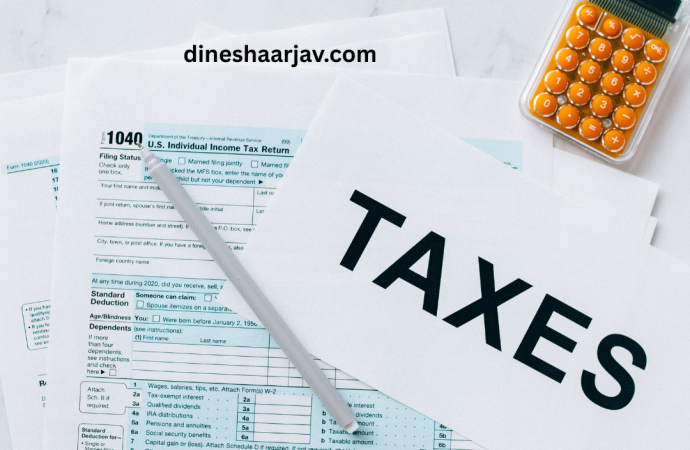If you’re looking for a smart, tax-efficient way to save and invest in the UK, then ISA (Individual Savings Account) investments should be at the top of your list. Whether you’re saving for a home, retirement, or simply building long-term wealth, ISAs offer a flexible and attractive option for investors of all ages and financial
If you’re looking for a smart, tax-efficient way to save and invest in the UK, then ISA (Individual Savings Account) investments should be at the top of your list. Whether you’re saving for a home, retirement, or simply building long-term wealth, ISAs offer a flexible and attractive option for investors of all ages and financial goals. This blog explores what ISA investments are, the different types available, and how you can make the most of them.
What is an ISA?
An UK ISA Investments is a government-backed savings and investment scheme that allows individuals to earn interest, dividends, and capital gains tax-free. It is available to UK residents aged 18 or over (or 16 for cash ISAs). The main benefit of an ISA is the tax efficiency, allowing your money to grow without being eroded by taxes.
For the 2025/26 tax year, the annual ISA allowance is £20,000, which can be split across different types of ISAs or placed entirely in one, depending on your strategy.
What Is an ISA and Why Should You Care?
An Individual Savings Account (ISA) is a special savings and investment account available to UK residents that offers tax-free returns. This means that any income or capital gains generated within an ISA are not subject to UK tax. You can invest up to £20,000 per tax year (as of 2025/26), and this amount can be spread across different types of ISAs.
This tax-free wrapper makes ISAs especially useful for anyone trying to build savings over time without losing a portion of their returns to HMRC.
Types of ISAs in the UK
Understanding the different types of ISAs is crucial to choosing the right investment vehicle for your needs:
1. Cash ISA
This is a savings account where interest earned is tax-free. It’s suitable for short-term savings and offers more security but lower returns compared to other types.
-
Ideal for: Conservative savers.
-
Pros: Safe, simple, no risk to capital.
-
Cons: Low interest rates, inflation may reduce purchasing power.
2. Stocks and Shares ISA
This type allows you to invest in a range of financial instruments like stocks, bonds, ETFs, and mutual funds. Returns in the form of capital gains or dividends are tax-free.
-
Ideal for: Long-term investors comfortable with market risk.
-
Pros: Higher potential returns, tax-free growth.
-
Cons: Investment risk, value can go down as well as up.
3. Innovative Finance ISA (IFISA)
This allows you to invest in peer-to-peer lending and crowdfunding platforms. Returns come from interest paid by borrowers.
-
Ideal for: Investors looking for alternative income streams.
-
Pros: Potentially higher returns than cash ISAs.
-
Cons: Higher risk, not covered by FSCS.
4. Lifetime ISA (LISA)
Aimed at those saving for their first home or retirement. You can invest up to £4,000 a year, and the government adds a 25% bonus (up to £1,000 annually).
-
Ideal for: First-time home buyers or retirement savers under 40.
-
Pros: Government bonus, tax-free growth.
-
Cons: Withdrawal penalties if used outside qualifying conditions.
5. Junior ISA (JISA)
Designed for under-18s, parents or guardians can invest on behalf of their children. The annual allowance is £9,000.
-
Ideal for: Building a nest egg for children.
-
Pros: Tax-free growth, long-term compounding.
-
Cons: Funds locked until the child turns 18.
Benefits of Investing in an ISA
-
Tax-Free Growth: No income tax, dividend tax, or capital gains tax.
-
Flexible Contributions: Allocate your £20,000 allowance across different ISA types.
-
Compound Growth: Especially powerful when left untouched over long periods.
-
Inheritance Planning: Some ISA products offer inheritance tax benefits when structured correctly.
-
Withdrawal Flexibility: Some ISAs allow penalty-free withdrawals for emergencies.
-
Changes and Trends in 2025
As of the 2025/26 tax year, the ISA allowance remains at £20,000, but some trends are shaping the ISA landscape:
-
Greater flexibility: More ISA providers are offering “flexible ISAs” where you can withdraw and replace money within the same tax year without losing your allowance.
-
Ethical and green investments: Many investors are choosing ESG (Environmental, Social, and Governance) funds within their Stocks and Shares ISAs.
-
Low-cost platforms: Online brokers and robo-advisors now offer easy, affordable access to ISA investing with user-friendly interfaces.
-
ISA Investment Strategies
To get the most out of your ISA, consider these tips:
-
Start Early: The sooner you invest, the longer your money has to grow tax-free.
-
Diversify: Don’t put all your funds in one asset class—spread the risk across stocks, bonds, and funds.
-
Use Your Allowance: Each tax year’s ISA allowance is use-it-or-lose-it—unused allowances don’t carry forward.
-
Review Annually: Reassess your ISA holdings and rebalance based on your financial goals and market conditions.
-
Choose the Right Platform: Many online brokers offer low-cost ISA investment platforms with a wide range of options.
Things to Keep in Mind
-
ISA Transfers: You can transfer your ISA to another provider, but always follow the official transfer process to maintain tax benefits.
-
Fees and Charges: Watch out for management fees, platform charges, and fund costs that can eat into your returns.
-
Market Volatility: Stocks and Shares ISAs are subject to market risk. Make sure your investment horizon aligns with your risk appetite.
Conclusion
UK ISA investments are one of the most effective ways to save and grow wealth in a tax-free environment. Whether you’re a cautious saver or an ambitious investor, there’s an ISA option tailored for your financial journey. By understanding the rules, maximizing your allowance, and making informed investment choices, you can build a secure and prosperous financial future.
















